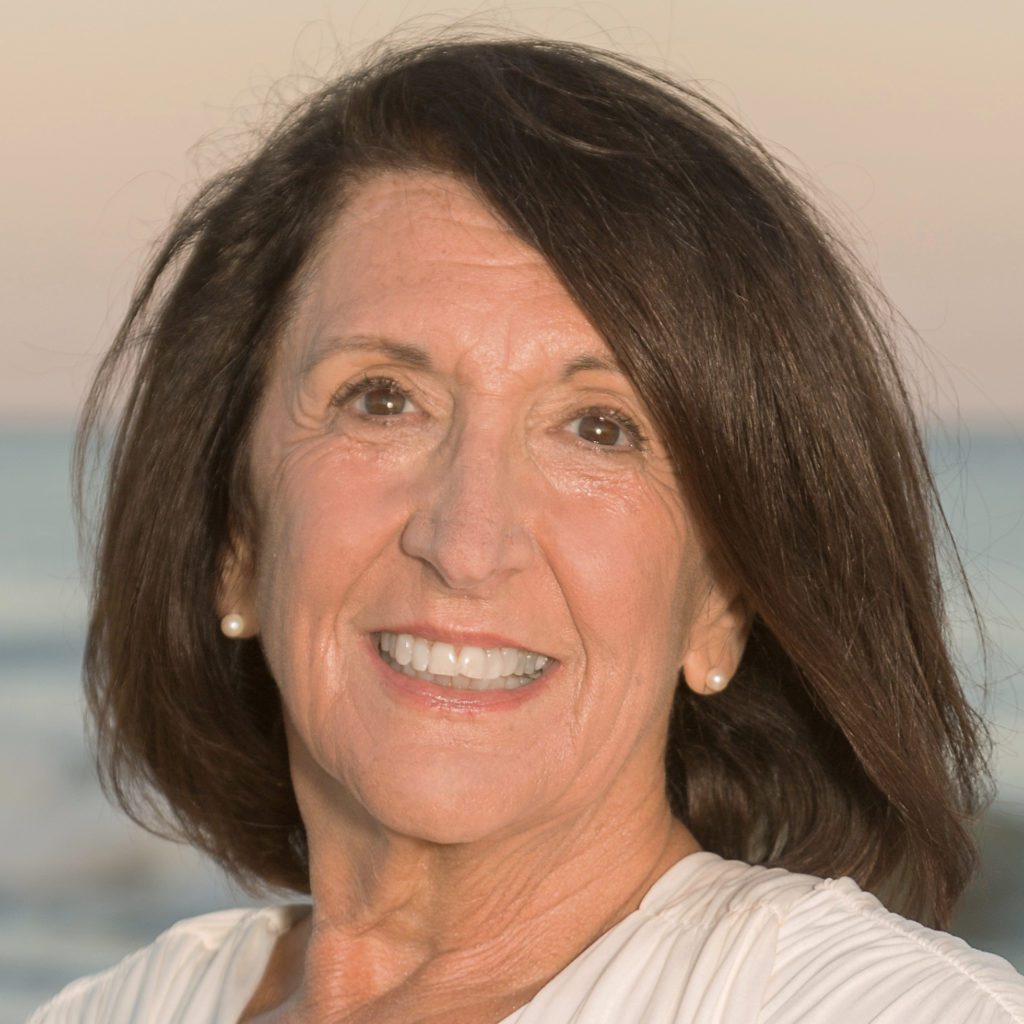The U.S. Department of Education has awarded faculty in the Clemson University College of Education a $2.1 million grant to research the best approach for teachers working with English learners.
The researchers will spend the next five years working with school districts in the South Carolina Midlands to discover effective approaches that K-12 educators studying literacy and English for Speakers of Other Languages (ESOL) can use to improve their teaching practices, student outcomes and parent/caregiver involvement in student learning.
Two cohorts of 25 teachers – one from Richland School District Two and the other from Lexington County School District One – will participate in the research project while earning a Master of Education in Literacy that includes an ESOL certification from Clemson University. The grant will cover all tuition, application fees and test fees associated with the degree program.

Rebecca Kaminski serves as principal investigator for the project and coordinator for the literacy program. She said the project will equip teachers with tools to better do their job while also giving them the advanced graduate education that will help retain them in the field of education. The research will provide these tools in the short term and test a more effective way to include caregivers in education, all while providing a road map that other districts and states can follow to achieve better results.
“From the 2000-2001 to the 2011-2012 academic year, South Carolina experienced a 610% increase in English learners, and this increase was felt acutely in the Midlands,” Kaminski said. “Our goal is to prepare teachers to be ready to work with all students in the state – whether English is their second language or not – while focusing on the support they receive at home, which has been an unfortunately overlooked component in the past.”
Emily Howell, co-principal investigator on the project and clinical assistant professor in literacy, said that support for parents/caregivers will help to build capacity for learning in participating districts from kindergarten to high school. As teachers move through the literacy program, they will aid in the design of a course that will eventually be provided to caregivers so that student learning can be supported and reinforced at home.
Howell said that caregivers of English learners often want to be involved in supporting student learning but can feel excluded. Caregivers can also feel overlooked due to the misconceptions of school professionals, language barriers or work schedules.
Teachers must focus on the literacy skills of all of their students, even when a third or more of them are ESOL learners. It’s not hard to see why they want the knowledge to do so effectively, especially in the face of the extra challenges teachers have faced during the COVID-19 pandemic.
Rebecca Kaminski
The caregiver course will be set up as a 100% online course that can be adapted in person as the district needs, and the grant will allow for the hiring of a full-time caregiver liaison. The person in this role will work with the districts to develop connections with caregivers, purchase learning materials for them and archive materials for future use.
“Teachers who aren’t specifically trained in ESOL can see these students from a deficient perspective, so it’s as much about the perspective they have of students and caregivers as it is about the training a teacher puts to use,” Howell said. “These teachers will also hopefully take this holistic approach back to their schools and districts and help to lead others in best practices with English learners.”

The researchers will specifically test the outcomes of the following evidence-based practices: teaching specific vocabulary, integrated oral and written strategies in content areas, the use of structured writing opportunities, and small group instruction with students struggling with English.
Aside from these practices, teachers receiving the ESOL certification receive special instruction on harnessing the cultural diversity their students bring to the classroom into a strength instead of something to be overcome. This specialization helps teachers become more confident in their instruction and better able to analyze linguistics as it relates to each individual student.
Kaminski said the support from multiple community groups for the project has been encouraging, and the researchers feel that this support indicates both the need and importance of the work they are setting out to do. In 2013-2014, 93% of English learners did not meet the target for attained English proficiency, and this issue is compounded by the teacher vacancies that South Carolina continues to experience. According to the South Carolina Center for Educator Recruitment, Retention and Advancement, more than a quarter of unfilled teacher positions in the state are ESOL positions.
“Teachers want this additional help and support because they want to meet these needs,” Kaminski said. “Teachers must focus on the literacy skills of all of their students, even when a third or more of them are ESOL learners. It’s not hard to see why they want the knowledge to do so effectively, especially in the face of the extra challenges teachers have faced during the COVID-19 pandemic.”
Jeff Marshall, associate dean for research and graduate studies in the College of Education, said the project’s potential to affect teaching efficacy and student learning while also factoring in parents and caregivers as support at home truly sets this research apart from previous efforts in literacy education. He said the research is also valuable because it satisfies needs in the short and long term.
“The work that Drs. Kaminski and Howell are setting out to do is vitally important as our field meets of the needs of current students and anticipates the needs of future classrooms,” Marshall said. “Fifty teachers involved in this research will make an impact that starts right away, but we’re also sending 50 leaders out into these districts that will help to shape how entire schools from K-12 approach English and ESOL learners.”







